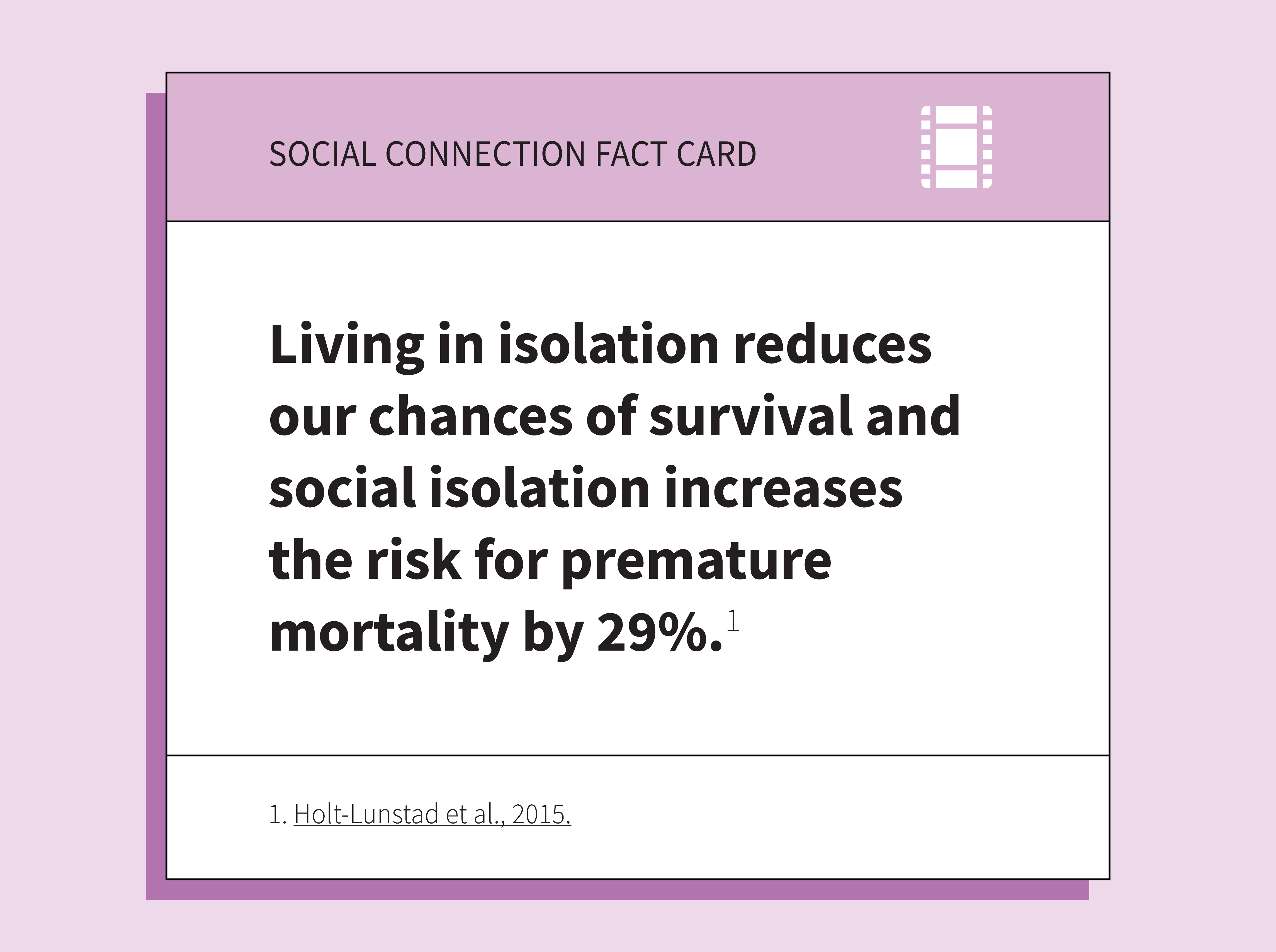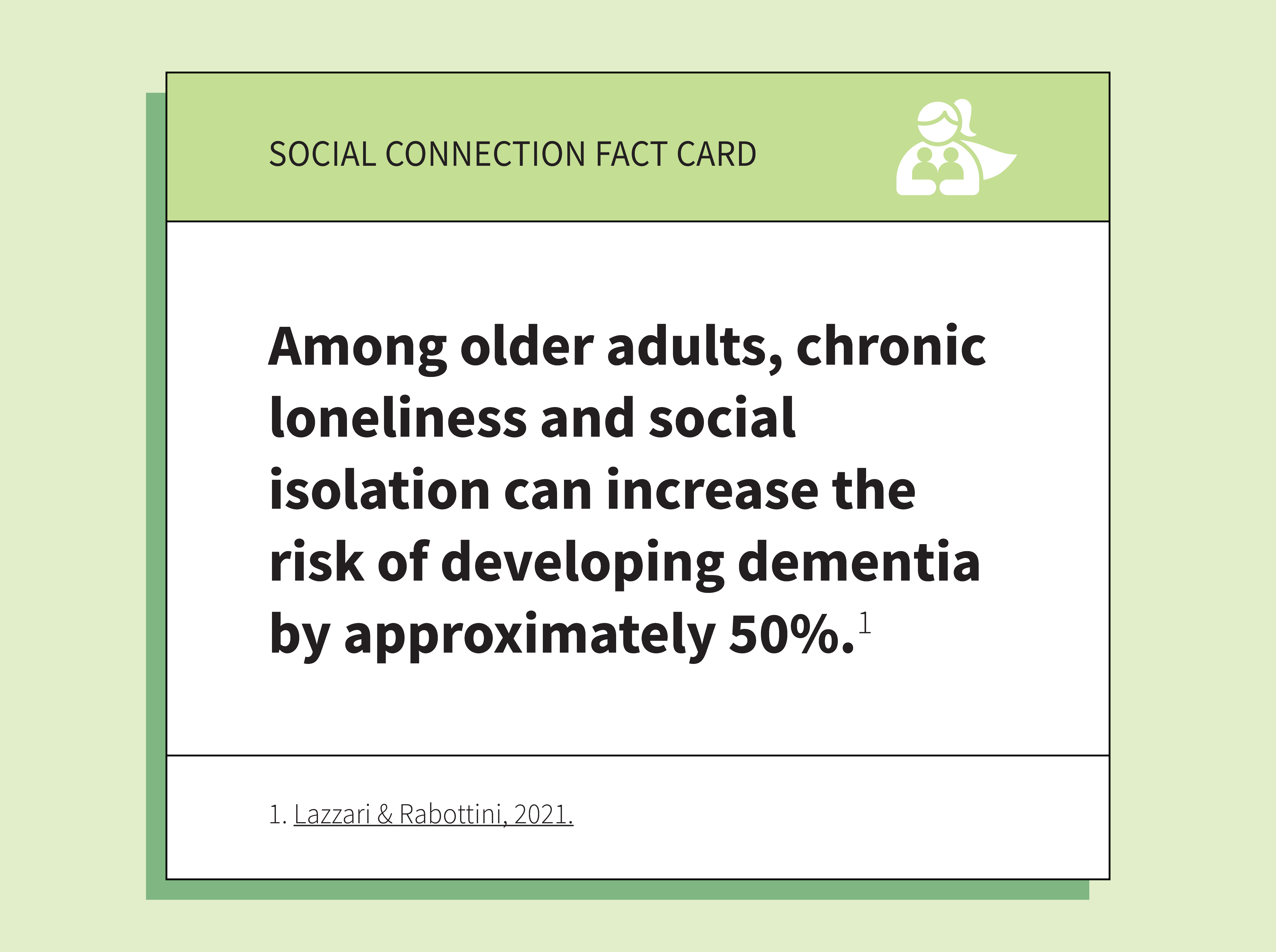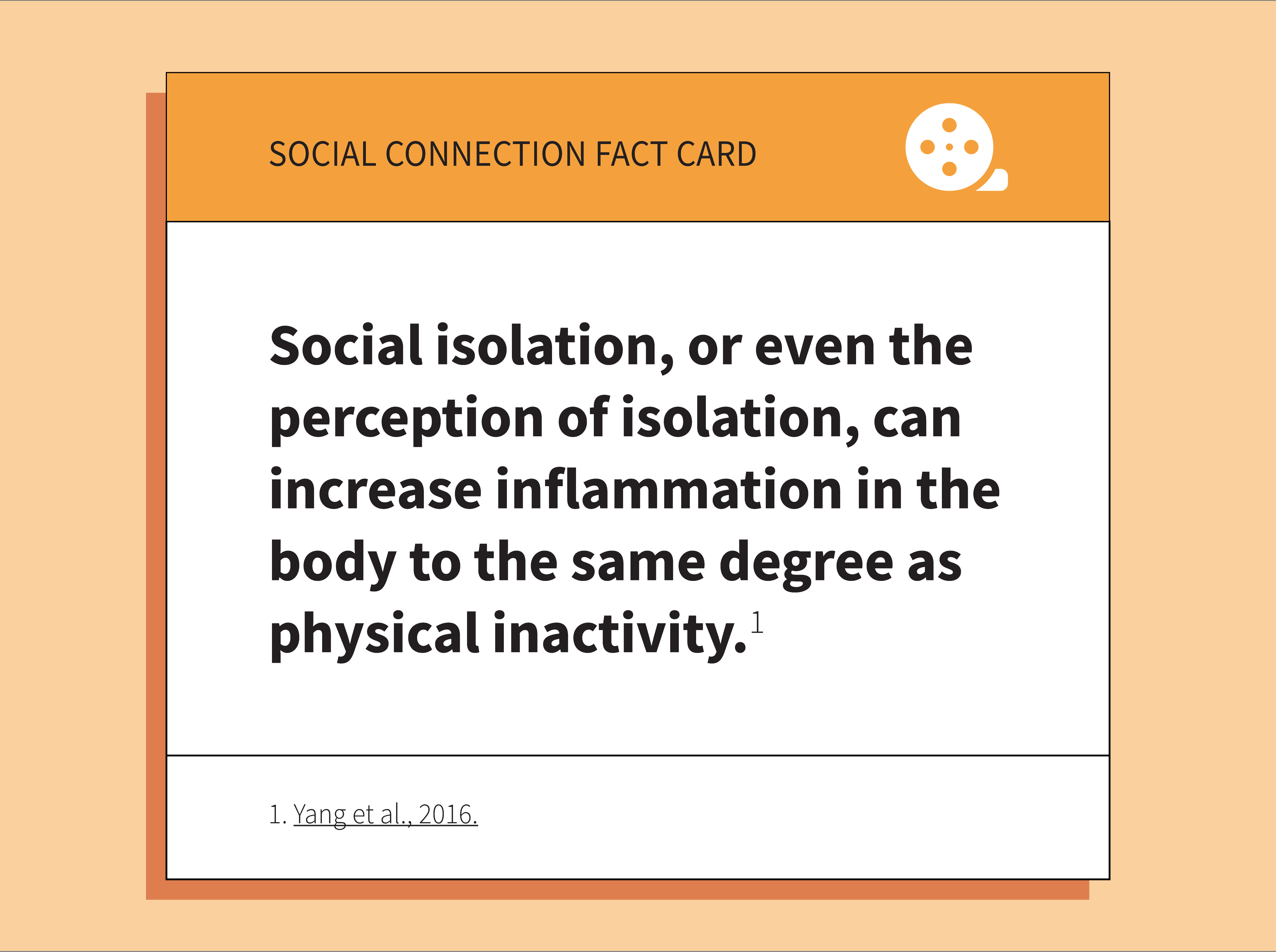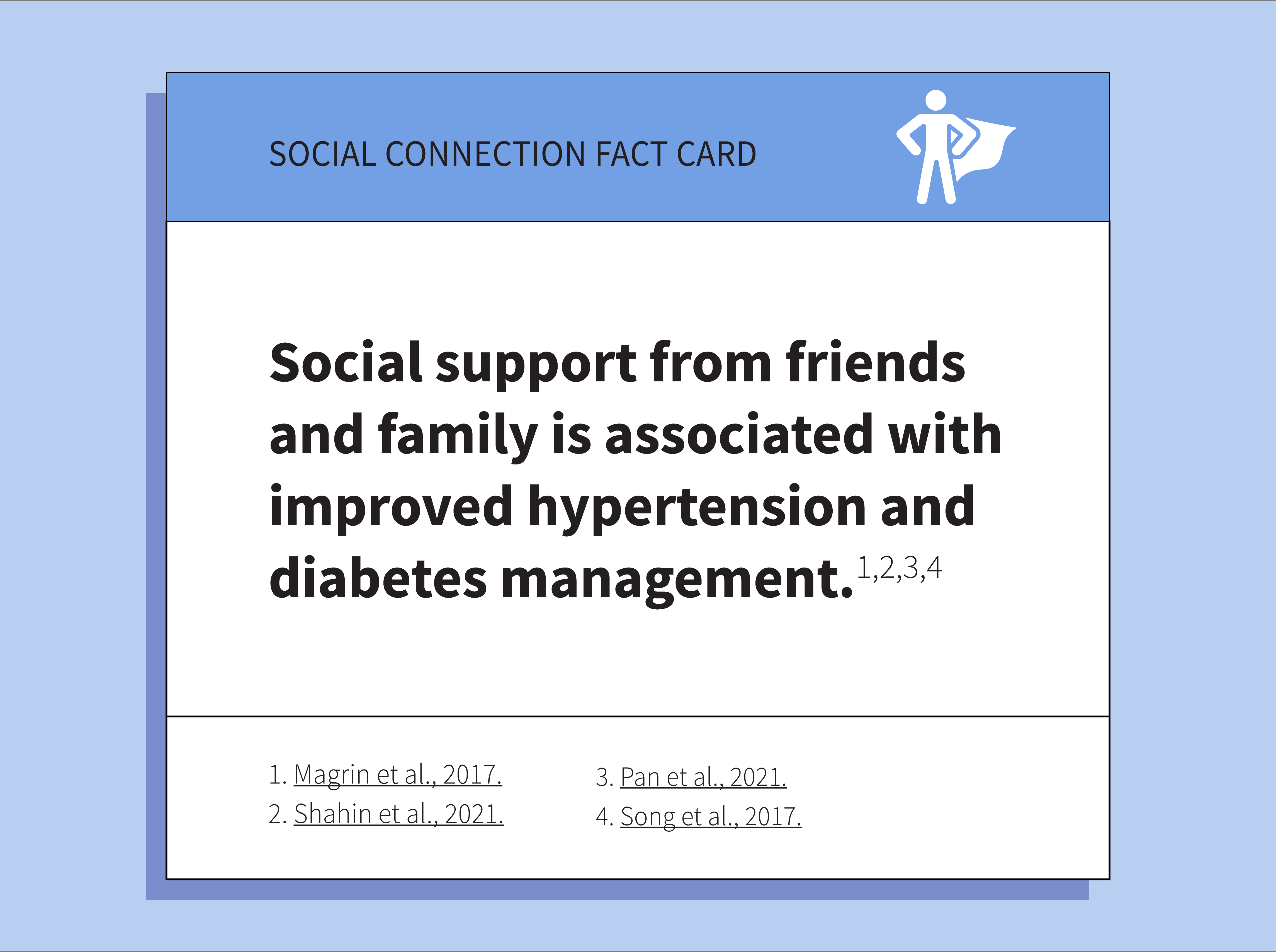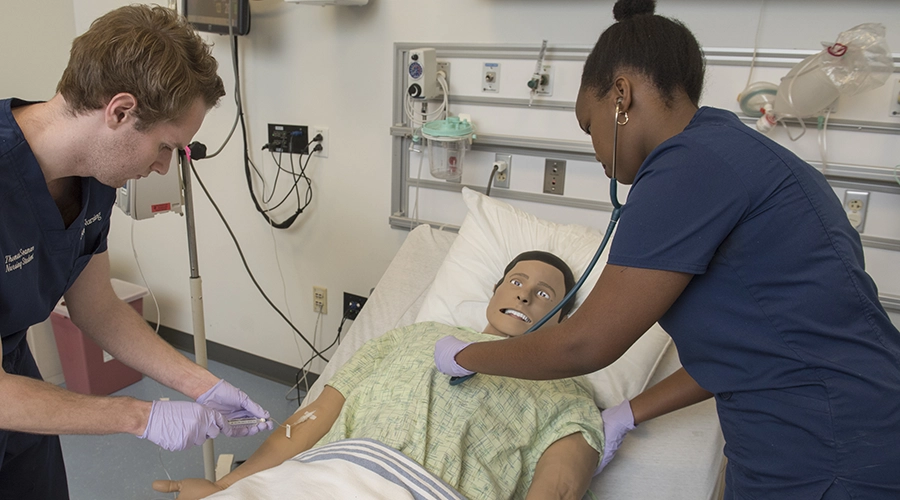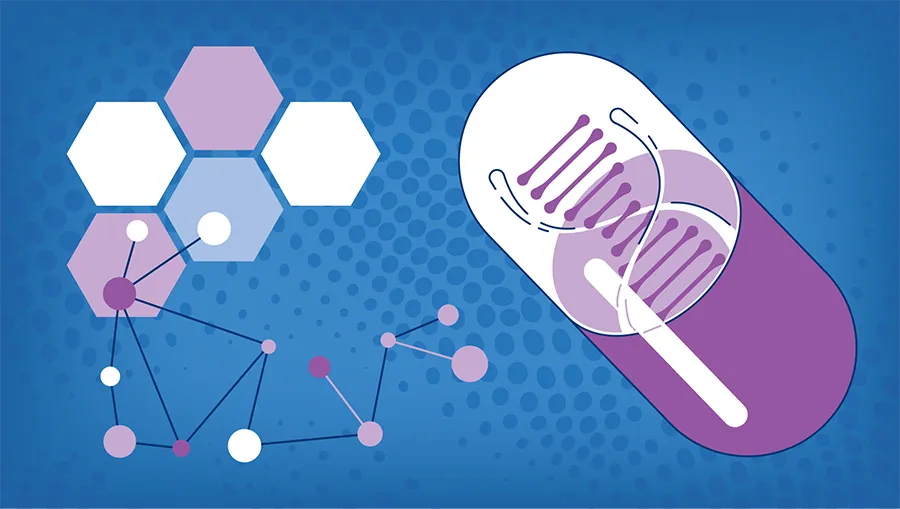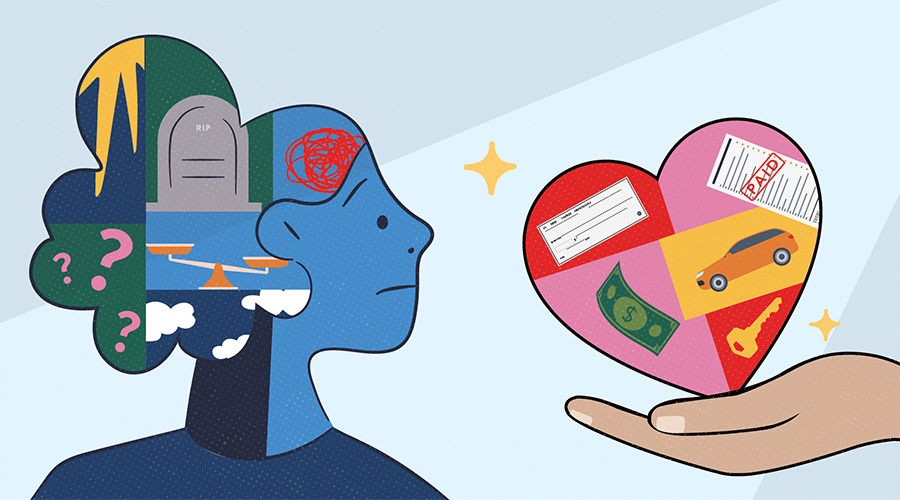“You’re always thinking about looking in the literature and trying to determine what patients are saying. What would be helpful? What’s burdensome in their lives?” says Lea Ann Matura, Associate Professor in the Department of Biobehavioral Health Sciences at the School of Nursing.
Finding Community in Care Centers
A trial conducted by researchers at Penn Nursing will explore the potential of social virtual reality for those experiencing loneliness
When Matura looked in the literature, what she saw was loneliness.
A Change of Scene
Catalyzed by her reading and equipped with a $50,000 grant from the Hillman Foundation, Matura and her team are now pursuing a trial that explores how social virtual reality (VR) might lessen loneliness among people being treated with hemodialysis.
For those unfamiliar with dialysis centers, Matura describes their layout as similar to that of a nail salon, with a central open space lined by alternating reclining chairs and dialysis machines. But the experience is anything but relaxing: treatments typically occur on-site three times a week, and each session lasts up to four hours. “Hemodialysis treatment often leaves patients fatigued, with only a day or two of recovery between each session,” notes Matura.

While some patients do form relationships with nurses and others on the same treatment schedule, Matura points out that for some, hemodialysis can compound feelings of isolation brought on by accompanying changes in circumstance—leaving the workplace, for example, or letting go of what had been a daily social routine.
The consequences of missing even one dialysis session are high, most likely leading the patient to the nearest emergency room.
More Than a Spoonful of Sugar
To understand how social VR might improve patients’ quality of life and encourage consistent treatment, Matura and her team came up with a simple design: two groups of 30 patients will be provided with VR headsets and a list of movies and shows available for streaming. The first group will be able to interact through their avatars while the movie plays, while each member of the second group will watch the movie independently.
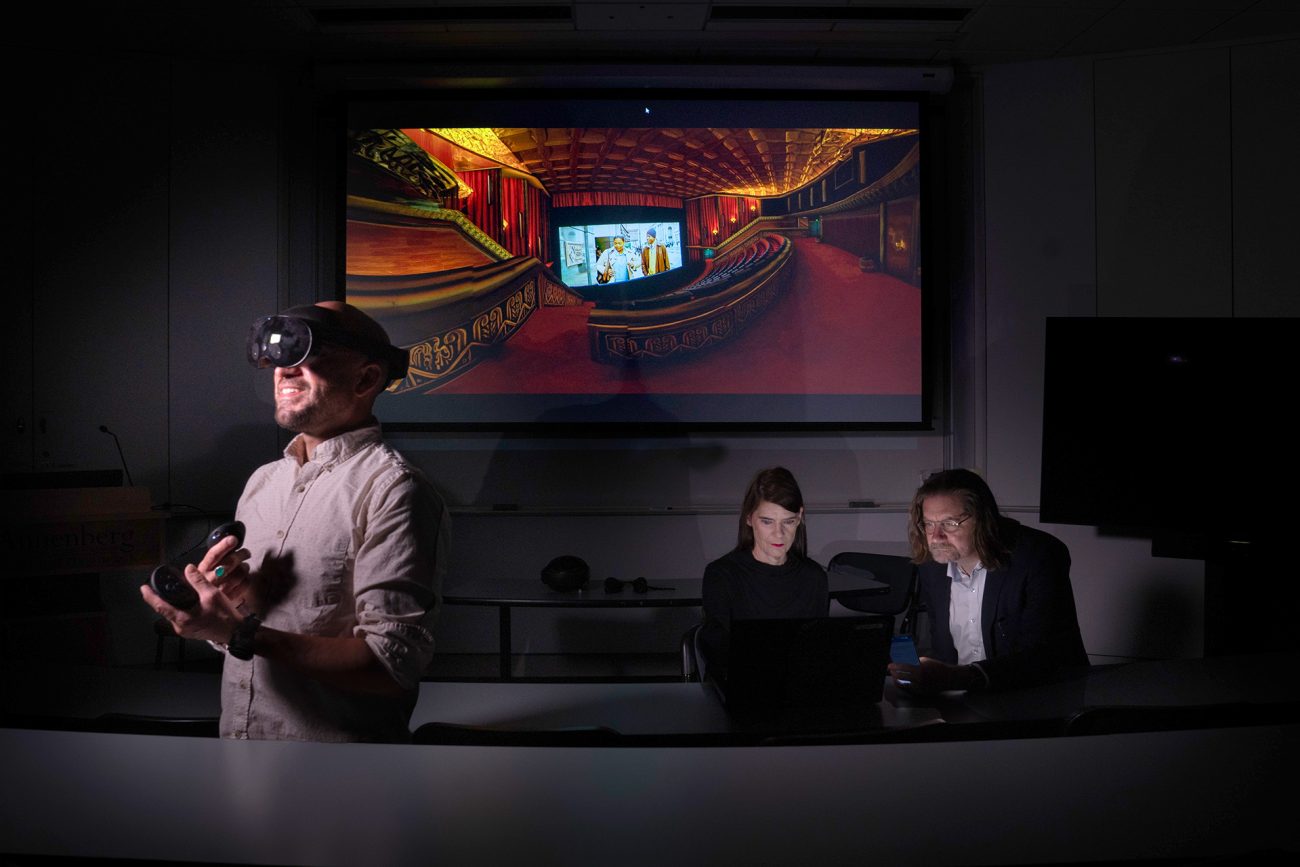
Matura has a few hypotheses about the outcome: “We expect that people in the first group will learn more about each other as the study progresses. That one person really likes rom coms, for example, or old Westerns.” Though the 18-month trial period is expected to begin this summer, she already sees a future where people could connect across dialysis centers nationwide, meeting in virtual reality to watch movies in a certain language or particular genre. “Why couldn’t grandparents use this to watch movies with their grandkids at home? It makes you think,” contemplates Matura.
For those lonely in treatment, the trial offers the possibility of building new friendships or even strengthening old ones—the possibility of care that doesn’t just treat the disease but tends to the patient.
Read the Surgeon General’s Advisory on Loneliness and Isolation.


